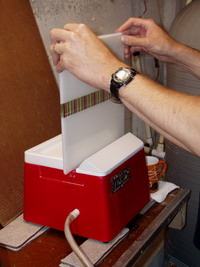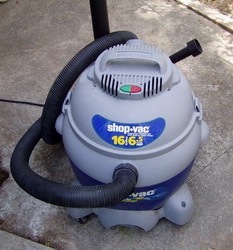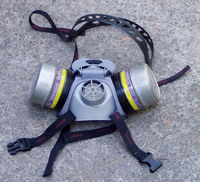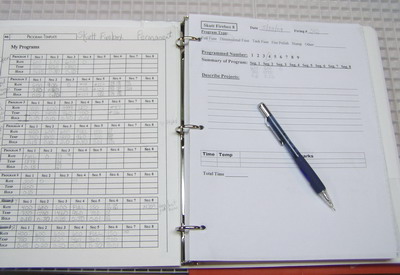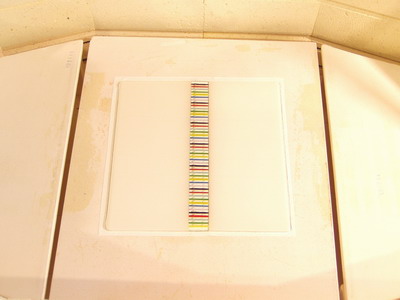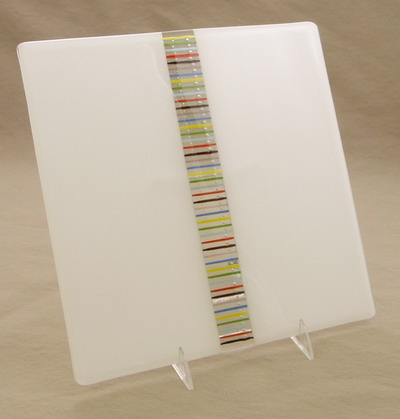
Step #8: Your fused glass plate isn’t quite finished like I said it was going to be in Step #7. Right now, you have a flat piece of glass. I forgot you still need to slump this fused glass plate into a plate mold. Just a minor detail 😉
The above picture shows the fused glass plate after it was fire polished during Step #7.
In Step #1, I told you I would be slumping mine into a 12″ by 12″ Slumper Mold. After cleaning the glass very well, put it on the mold you have chosen.
The following is my firing schedule for a slump:
400 750 15
600 1250 15
9999 960 1.30
150 700 0.01
See Step #5 for more information about my firing schedules: https://glassart.wordpress.com/2009/06/04/tutorial-for-fused-glass-plate-step-5/.
This will be the final firing for your fused glass plate. Let me know how yours turned out!
Christine — Glass Artist
.
Click here to see more of my Fused Glass Art: www.mastersglassart.com
.
